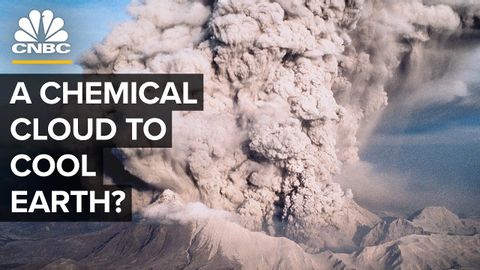
Subtitles & vocabulary
Why Bill Gates Is Funding Solar Geoengineering Research
00
joey joey posted on 2021/06/08Save
Video vocabulary
process
US /ˈprɑsˌɛs, ˈproˌsɛs/
・
UK /prə'ses/
- Transitive Verb
- To organize and use data in a computer
- To deal with official forms in the way required
- Noun (Countable/Uncountable)
- Dealing with official forms in the way required
- Set of changes that occur slowly and naturally
A2TOEIC
More situation
US /ˌsɪtʃuˈeʃən/
・
UK /ˌsɪtʃuˈeɪʃn/
- Noun (Countable/Uncountable)
- Place, position or area that something is in
- An unexpected problem or difficulty
A1TOEIC
More experiment
US /ɪkˈspɛrəmənt/
・
UK /ɪk'sperɪmənt/
- Noun (Countable/Uncountable)
- Test performed to assess new ideas or theories
- A course of action tentatively adopted without being sure of the eventual outcome.
- Verb (Transitive/Intransitive)
- To create and perform tests to research something
- To try something new that you haven't tried before
A2TOEIC
More community
US /kəˈmjunɪti/
・
UK /kə'mju:nətɪ/
- Noun (Countable/Uncountable)
- Group of people who share a common idea or area
- A feeling of fellowship with others, as a result of sharing common attitudes, interests, and goals.
- Adjective
- Relating to or shared by the people in a particular area.
- Shared or participated in by all members of a group
A2
More Use Energy
Unlock All Vocabulary
Unlock pronunciation, explanations, and filters
